Do You Need an Italian Espresso Machine to Brew Authentic Espresso at Home?
Espresso has become a staple in coffee culture around the world. Its rich flavor and unique brewing process entice many coffee lovers to attempt making it at home. However, a common question arises: is an Italian espresso machine necessary for brewing authentic espresso? The answer is nuanced and depends on several factors.
Understanding Espresso
To appreciate whether a specific machine is needed, it is essential to understand what espresso is. Espresso is a concentrated coffee brewed by forcing hot water through finely-ground coffee beans. This process creates a small, intense shot of coffee with a rich flavor and a layer of crema on top. The characteristics of espresso depend on various factors, including grind size, water temperature, and pressure.
The Role of Pressure
One critical aspect of brewing espresso is the pressure used during the extraction process. Traditional espresso machines generate approximately 9 bars of pressure, which is crucial for producing the desired flavors and crema. While many espresso machines achieve this pressure, not all methods of brewing can replicate this essential element.
Alternatives to Traditional Machines
Home brewers have various options for making espresso-like coffee without traditional Italian machines. Devices such as AeroPress, Moka pots, and manual espresso makers can produce concentrated coffee. While these methods may not create authentic espresso, they can yield rich, flavorful coffee that many enjoy.
Coffee Grind and Quality
The grind of the coffee beans plays a significant role in the espresso-making process. Espresso requires a fine grind to facilitate proper extraction. Regardless of the machine used, starting with high-quality coffee beans and achieving the right grind size is essential for a satisfactory result.
Water Temperature
Another vital factor in brewing espresso is water temperature, which should ideally be between 190°F and 205°F. Many Italian espresso machines come with precise temperature controls, but it is possible to achieve the right temperature using other brewing methods with careful monitoring.
Skill and Technique
Brewing espresso is as much an art as it is a science. Understanding the techniques behind tamping, timing, and extraction is key to achieving a quality shot. Regardless of the equipment used, mastering these skills can lead to satisfying results, even with non-traditional methods.
Cost Considerations
Italian espresso machines can vary significantly in price, often leading to the belief that they are the only way to achieve authentic espresso. However, many coffee enthusiasts successfully make espresso-like drinks with budget-friendly alternatives. Assessing personal budget and commitment to espresso making can guide decisions about investing in expensive equipment.
Space and Convenience
Another practical consideration is space. Italian espresso machines can be bulky and require a dedicated area in the kitchen. For those with limited countertop space, smaller alternatives may offer a more convenient solution, enabling them to brew espresso at home without needing a large machine.
The Community Aspect
Many coffee enthusiasts enjoy brewing espresso as part of a community experience, often sharing tips and techniques. Engaging with others can enhance the learning process and may reduce the perceived need for expensive machines by emphasizing shared knowledge and creativity in brewing methods.
Final Thoughts
In conclusion, while Italian espresso machines are built to create authentic espresso, they are not strictly necessary for brewing quality coffee at home. With the right knowledge, technique, and equipment—regardless of origin—coffee lovers can enjoy satisfying espresso-like drinks. Ultimately, the journey of discovery in home brewing can be as rewarding as the final cup itself.
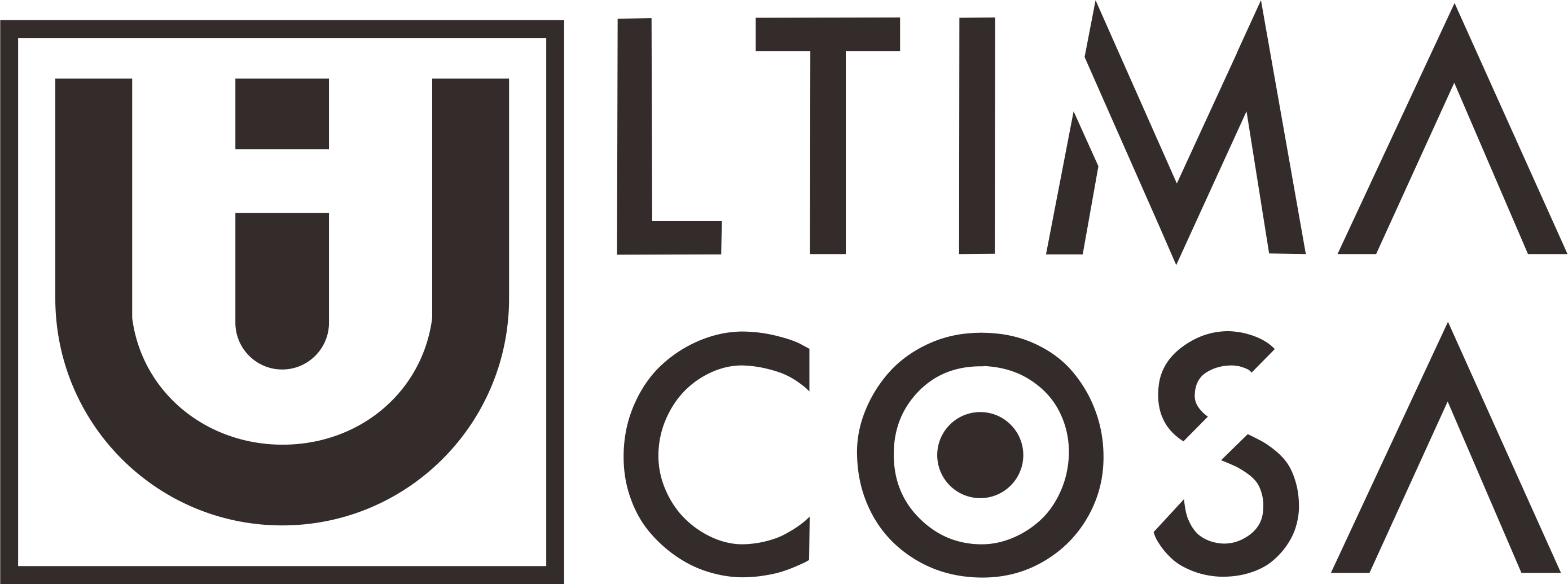


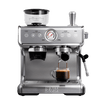
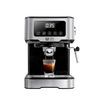
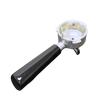

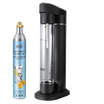
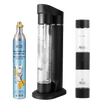
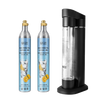




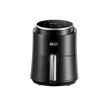


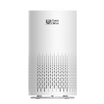


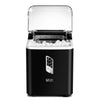

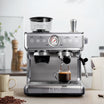
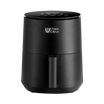
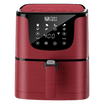
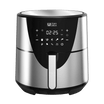
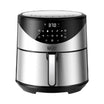

















Leave a comment
This site is protected by hCaptcha and the hCaptcha Privacy Policy and Terms of Service apply.